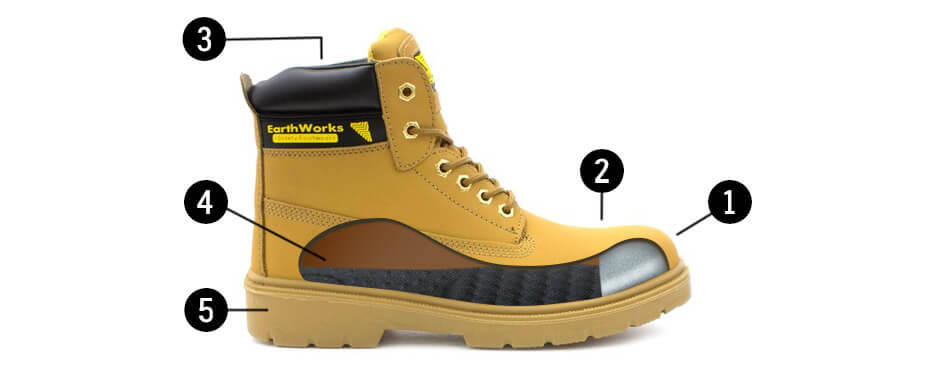Key Features to Look for When Selecting Workwear Safety Footwear
Choosing the right uvex safety shoes for your workplace is essential for ensuring the protection and comfort of workers in hazardous environments. Whether you work in construction, manufacturing, or any other industry where foot injuries are a risk, selecting workwear safety footwear with the appropriate features is crucial. In this guide, we’ll explore the key features to look for when selecting safety footwear for your specific needs.
1. Safety Toes: Steel, Composite, or Aluminum
Safety toes are one of the most critical features of workwear safety footwear. They protect the toes from impact and compression injuries caused by heavy objects or equipment. Look for safety toes made from materials like steel, composite, or aluminium. Steel toes are traditional and offer excellent protection, while composite and aluminium toes are lighter and do not conduct electricity, making them ideal for certain environments.
2. Slip-Resistant Soles
Slip-resistant soles are essential for preventing slips, trips, and falls in the workplace, especially in environments where floors may be wet, oily, or slippery. Look for safety footwear with outsoles made from rubber or other slip-resistant materials, with tread patterns designed to provide maximum traction on various surfaces.
3. Electrical Hazard Protection
For workers in environments where there is a risk of electrical hazards, such as construction sites or electrical maintenance, electrical hazard (EH) protection is crucial. EH-rated safety footwear is designed to provide insulation against electrical shocks and can significantly reduce the risk of electrical injuries.
4. Waterproofing and Weatherproofing
In wet or outdoor environments, waterproof and weatherproof safety footwear is essential for keeping feet dry and comfortable. Look for boots or shoes made from waterproof materials such as Gore-Tex® or treated leather, with sealed seams and waterproof membranes to prevent water from penetrating the footwear.
5. Ankle Support and Stability
Workwear safety footwear should provide adequate ankle support and stability to reduce the risk of ankle sprains or twists. Look for footwear with features such as padded collars, cushioned midsoles, and supportive heel cups to enhance stability and comfort during long hours on your feet.
6. Comfort and Fit
Comfort is crucial when selecting workwear safety footwear, as workers may be wearing them for extended periods. Look for footwear with cushioned insoles, moisture-wicking linings, and ergonomic designs that provide arch support and reduce fatigue. Ensure that the footwear fits properly, with enough room for toes to wiggle and flex without being too loose or tight.
7. Durability and Construction
Durability is another essential factor to consider when choosing workwear safety footwear. Look for footwear made from high-quality materials and with sturdy construction, including reinforced stitching, durable outsoles, and abrasion-resistant uppers. Quality craftsmanship ensures that the footwear can withstand the rigours of daily wear and tear in industrial environments.
Conclusion
Selecting the right workwear safety footwear is crucial for protecting workers from workplace injuries and ensuring their comfort and well-being on the job. By prioritising key features such as safety toes, slip-resistant soles, electrical hazard protection, waterproofing, ankle support, comfort, fit, durability, and construction, you can choose safety footwear that meets the specific needs of your workplace and provides optimal protection and performance for workers. Remember to assess the hazards and requirements of your workplace when selecting safety footwear and invest in high-quality footwear that prioritises safety and comfort.




